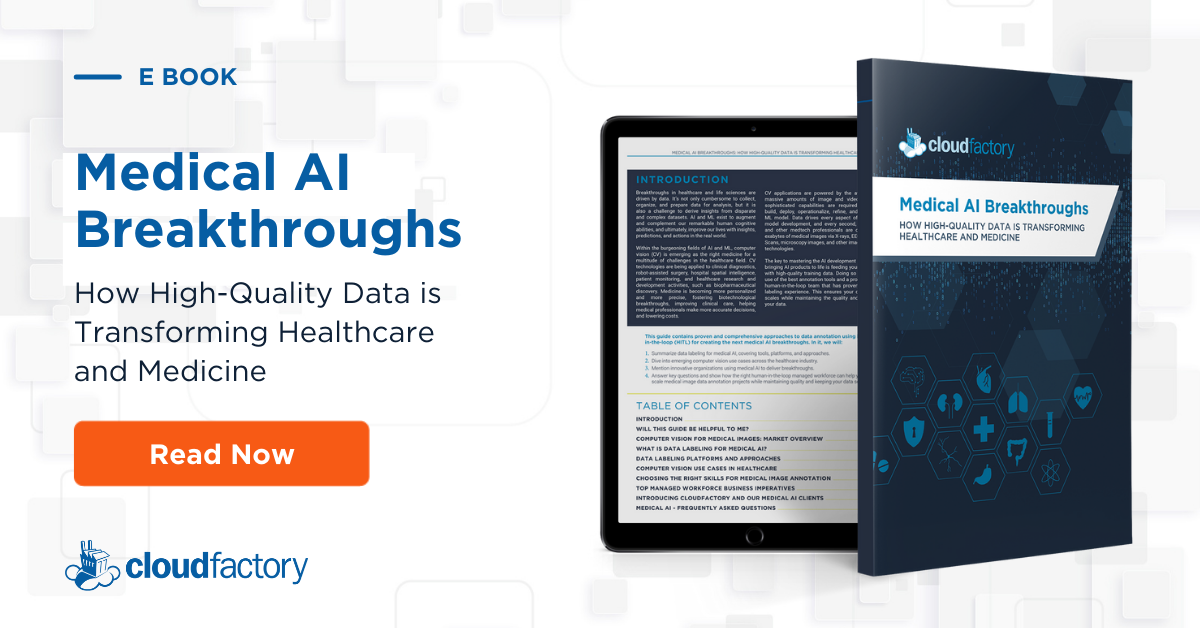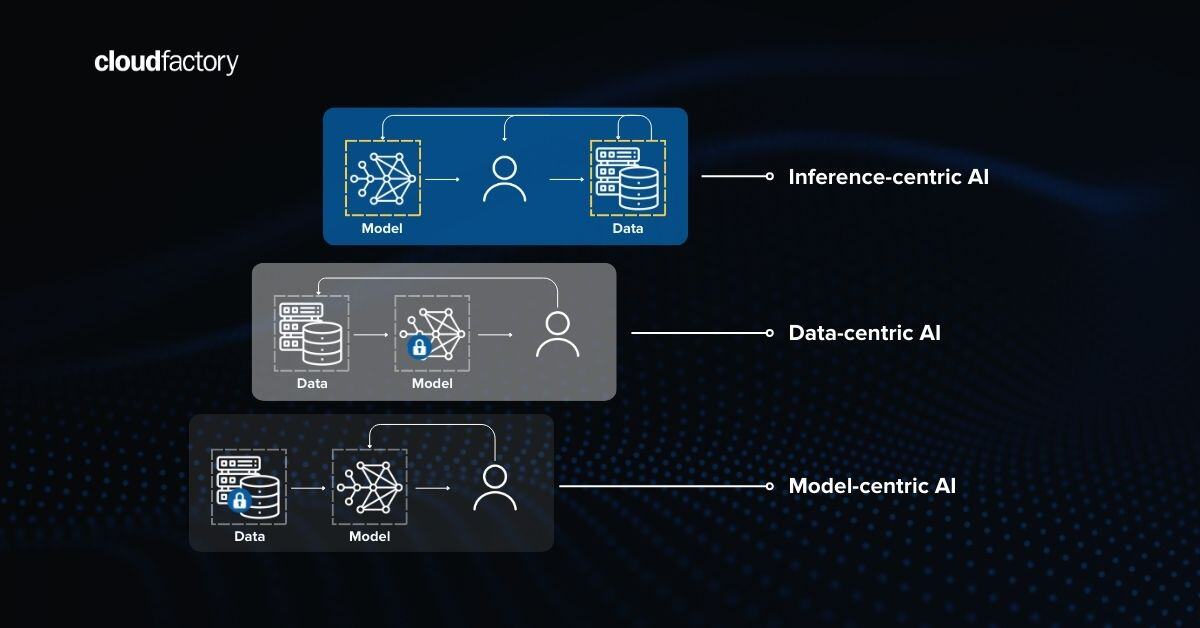
Healthcare providers the world over face mounting pressure to eliminate waste, reduce costs, and improve clinical efficiencies. The coronavirus pandemic further highlighted the fragility of many of the world’s healthcare systems, placing a financial strain on even the most robust of them. In the U.S., financial margins remain slim, while public health budgets in the UK have dropped by 25% over the past five years. Other funding bodies face similar challenges.
Despite these worrying figures, there is hope on the horizon. As the world enters what many are calling the fourth industrial revolution, the healthcare sector is set to undergo a substantial transformation over the next few years. The increasing digitization of healthcare, particularly the development of machine learning and artificial intelligence (AI) in the sector, has the potential to improve public health and longevity, and save lives. Medical AI is no longer just passive in nature, with new solutions like virtual nursing assistants and robotic surgery becoming reality.
Preparing for the Challenges of Tomorrow
While science fiction has long predicted a world of robotic surgeons, flying cars, and various other high-tech innovations, the reality is that medical AI has been a long time coming. Indeed, healthcare in many parts of the world is far behind other industries in its adoption of digital technologies. At the same time, aging populations and the real threat of global pandemics is making clear the need for a more efficient and streamlined approach to public health.
Although we do not know what tomorrow will bring, the pandemic made clear the need for scalability, which is something that can only be achieved with the help of technology. Still, the adoption of medical AI has been slower than many had hoped. Even though we now have the vast amounts of data needed for training high-confidence AI models, the challenges in actually making that data work for us are monumental.
With little room for error in machine learning models designed to assist in diagnosis, treatment, and research, the importance of quality is paramount. Crowdsourcing, for example, provides access to a practically unlimited pool of resources, but there is also minimal control over training, transparency, and quality. These same issues also arise when outsourcing to gig workers, and even traditional business processing outsourcing can only go so far. Because of the unique needs and challenges facing medical AI, neither of these options are likely to be suitable.
Despite the fact that data preparation and training typically take up around 80% of AI project time, the obvious solution might seem to be having an in-house team handle the process. However, while this approach may provide greater control over factors like quality and project direction, it severely lacks scalability. It also makes it nearly impossible to expedite workloads in a time when the pressures on the healthcare sector are greater than ever.
Another challenge is regulatory compliance, which has also proven a major barrier to adoption. For example, in 2018, only 15% of diagnostic AI algorithms had regulatory approval. That said, the figure almost doubled in 2019, as regulatory bodies are adapting their regulations to align with the increasingly clear need for rapid digitization in healthcare.
No Time Like the Present
Building and developing a viable medical AI model is no easy undertaking. The workloads are truly enormous, and many are highly repetitive. For example, V7 Labs collected 6,000 images of lungs necessary to train a model to provide additional clues about the clinical progression of COVID-19. But, in order for these images to be useful for training the model, each and every one of them needed to be correctly prepared using segmentation annotation.
With the global health landscape changing all the time, there is little value in developing AI to address challenges that have already come to pass. On the other hand, therein lies the value of ongoing refinement and optimization in AI models. With a continuous feedback loop, it is possible to constantly adapt and improve the model, so that it remains relevant and useful for addressing current and likely near-future needs. At the same time, the rapid pace of change demands a scalable and adaptable workforce to realize the true value of AI.
The need for humans in the loop (HITL) in the development and continuing maintenance of AI is not debatable, especially in a sector that depends heavily on quality control like healthcare. As such, and contrary to popular belief, AI will create many more jobs than it displaces. The World Economic Forum estimates that, while machines and automation will displace 85 million jobs globally by 2025, it will create 97 million—an addition of 12 million jobs.
Despite increasing demand, scaling an in-house workforce is time-consuming and expensive. Partnering with a managed workforce provider helps medical AI startups overcome these challenges by serving as an extension to their own teams. That way, in-house teams can focus on their primary missions, while an external workforce takes care of the repetitive tasks like annotation and data cleansing—albeit under strict vetting and supervision. This allows medical AI teams to scale their operations dramatically while keeping costs under control and allowing their own employees to focus on their core competencies.
The Future is Now
AI makes it possible to harness the untapped value in increasingly large medical data sets. As more data becomes available, AI will become even more effective in transforming healthcare. Combined with other cutting-edge innovations like the Internet of Medical Things (IoMT) and telemedicine, AI will allow the healthcare sector to take a more proactive stance.
In doing so, it will become instrumental in keeping many patients out of the hospital in the first place, detecting the onset of diseases faster, and forecasting the development of future epidemics.
The biggest challenge lies in turning all that data into something useful—something that can be used to train and continuously refine accurate algorithms. That is where the value of a managed workforce can help medical AI startups lead the pack and succeed in their efforts to take modern medicine—one of humankind’s greatest achievements—to the next level.
Learn more about how our managed workforce can help you meet the challenges of scale in medical data annotation.
Data Labeling Computer Vision Healthcare AI & Machine Learning









